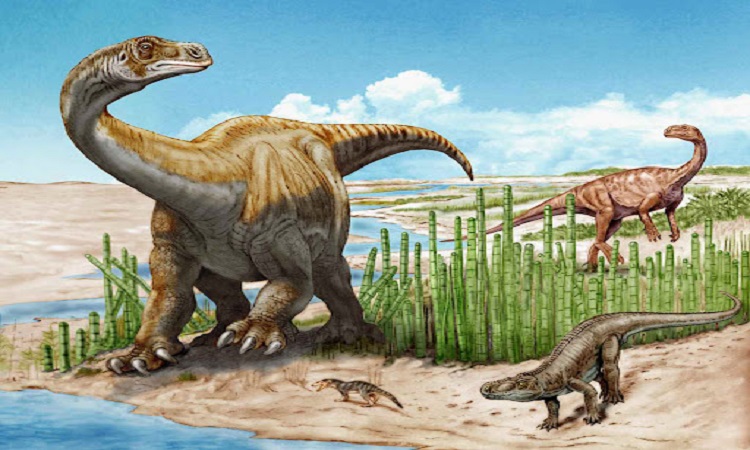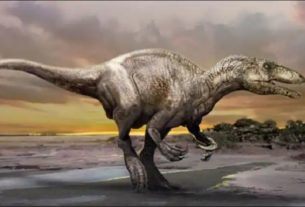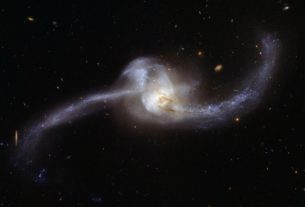A team of paleontologists announces that they have identified two new species of massive dinosaurs in northwestern China. The two animals evolved between 120 and 130 million years ago, making them some of the first vertebrates to be found in the region.
A number of fossils have emerged from the northwestern region of China in recent years, most notably in the Turpan-Hami Basin. Four years ago, a team of paleontologists announced the discovery of a nest of 300 fossilized pterosaur eggs dated to about 120 million years. And surprisingly, sixteen of them contained relatively well-developed and well-preserved embryos.
Their analyzes at the time suggested that baby pterosaurs in particular could walk at birth, but not fly, and that they had no teeth. So they needed some form of parental support early in life. In addition, we learned from the large number of eggs in one place that these pterosaurs lived in colonies, at least when they were laid.
Two new giants
Around the same time, fragments of vertebrae and chest cages identified as belonging to three sauropod dinosaurs, a group of herbivorous dinosaurs known for their characteristic long necks, were also recorded. These remains have been the subject of extensive analysis. More recently, a team determined that two of these specimens actually represented two previously unknown species, described on Thursday, August 12 in Nature Scientific Reports.
The first, named Silutitan sinensis, is represented by a specimen measuring in its time about twenty meters long. The species is believed to be closely related to Euhelopus, a genus of dinosaurs that lived in Asia during the early Cretaceous period between 130 and 112 million years ago.
The second species, named Hamititan xinjiangensis, is represented by a specimen measuring about seventeen meters in length. Cladistic analyzes suggest that this species was part of the titanosaur family, a group of sauropod dinosaurs including some of the heaviest creatures to ever walk on Earth. Hamititan xinjiangensis thus represents one of the rare titanosaurian sauropods recovered in Asia.
In addition, the fragments of their fossils have been dated to the early Cretaceous, approximately 120 to 130 million years ago. Apart from a species of pterosaur (flying reptile) and a theropod tooth, these two dinosaurs were among the first vertebrates reported in this region according to the study.




